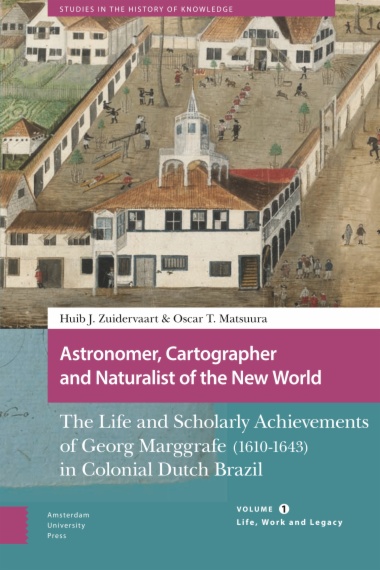The persistent popularity of the detective narrative, new obsessions with psychological and supernatural disturbances, as well as the resurgence of older narratives of mystery or the Gothic all constitute a vast proportion of contemporary film and television productions. New ways of watching film and television have also seen a reinvigoration of this ‘most domestic of media’. But what does this ‘domesticity’ of genre and media look like ‘Down Under’ in the twenty.first century? This collection traces representations of the Gothic on both the small and large screens in Australia and New Zealand in the twenty.first century. It attends to the development and mutation of the Gothic in these post. or neo.colonial contexts, concentrating on the generic innovations of this temporal and geographical focus.
- Cover
- Table of Contents
- Introduction: Please Check the Signal: Screening the Gothic in the Upside Down
- Jessica Gildersleeve and Kate Cantrell
- Part I: Gothic Places
- 1. Unsettled Waters: The Postcolonial Gothic of Tidelands
- 2. ‘When I Died, I Saw the Whole World’: Uncanny Space and the Māori Gothic in the Aftermath Narratives of Waru and Māui’s Hook
- 3. The Kettering Incident: From Tasmanian Gothic to Antarctic Gothic
- 4. ‘Going Home is One Thing This Lot of Blockheads Can’t Do’: Unhomely Renovations on The Block
- Part II: Gothic Genres
- 5. Glocalizing the Gothic in Twenty-First Century Australian Horror
- 6. Terra Somnambulism: Sleepwalking, Nightdreams, and Nocturnal Wanderings in the Televisual Australian Gothic
- 7. Gothic Explorations of Landscapes, Spaces, and Bodies in Jane Campion’s Top of the Lake and Top of the Lake: China Girl
- 8. At the End of the World: Animals, Extinction, and Death in Australian Twenty-First-Century Ecogothic Cinema
- Patrick West and Luke C. Jackson
- Part III: Gothic Monsters
- 9. Dead, and Into the World: Localness, Culture, and Domesticity in New Zealand’s What We Do in the Shadows
- 10. Mapping Settler Gothic: Noir and the Shameful Histories of the Pākehā Middle Class in The Bad Seed
- 11. Monstrous Victims: Women, Trauma, and Gothic Violence in Jennifer Kent’s The Babadook and The Nightingale
- Jessica Gildersleeve, Nike Sulway, and Amanda Howell
- 12. From ‘Fixer’ to ‘Freak’: Disabling the Ambitious (Mad)Woman in Wentworth
- Index

